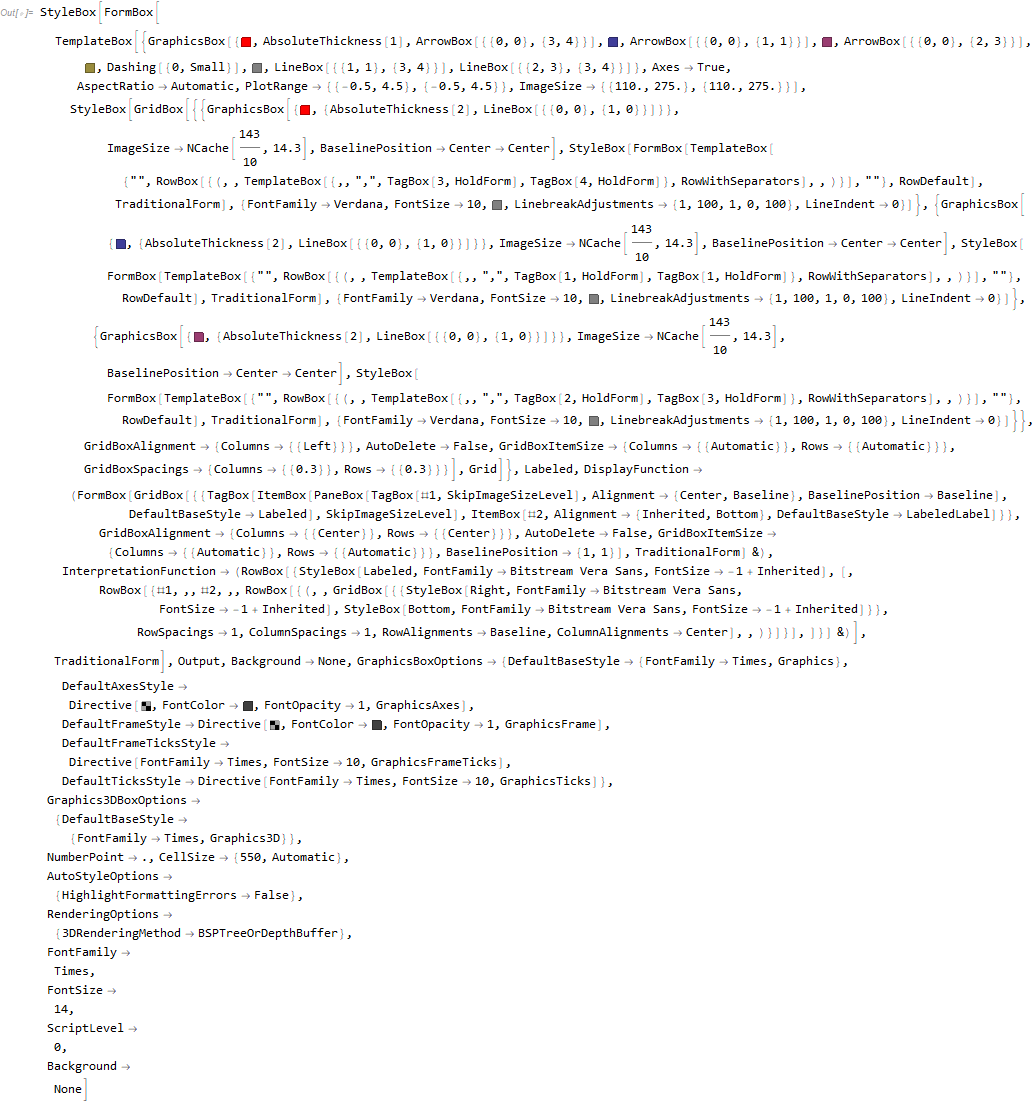Using Wolframalpha or inline free format you can obtain a nice representation of a sum of vectors. An example is shown below. Whish is the hidden code? (or a code that make the same representation). I can make it using Graphics and Arrow but is too long, I suppose there is a easy way to do it. I think in one of the last Mathematica version has been included a build-up function to make it.
= plot vector(1,1) + vector(2,3)






